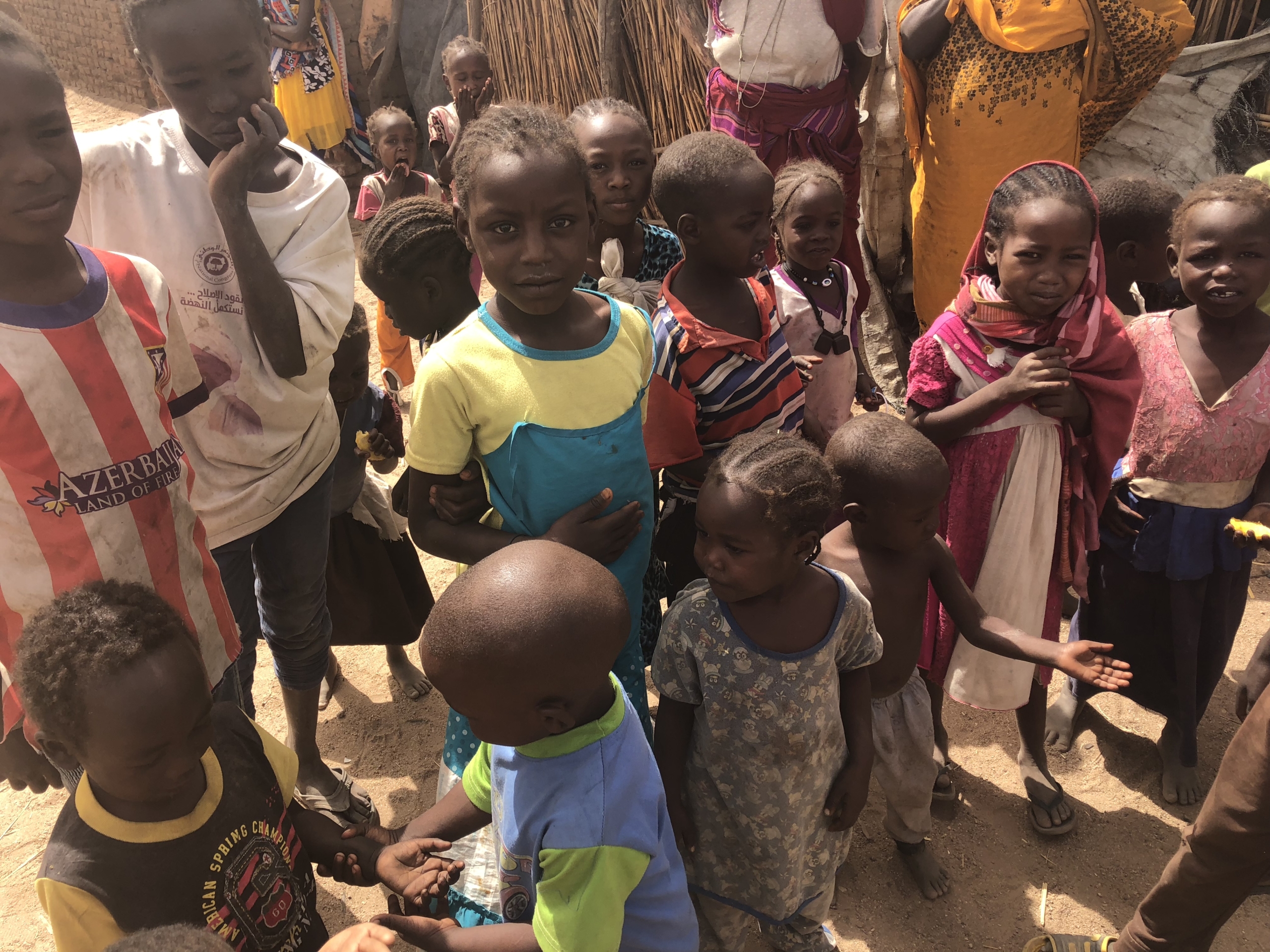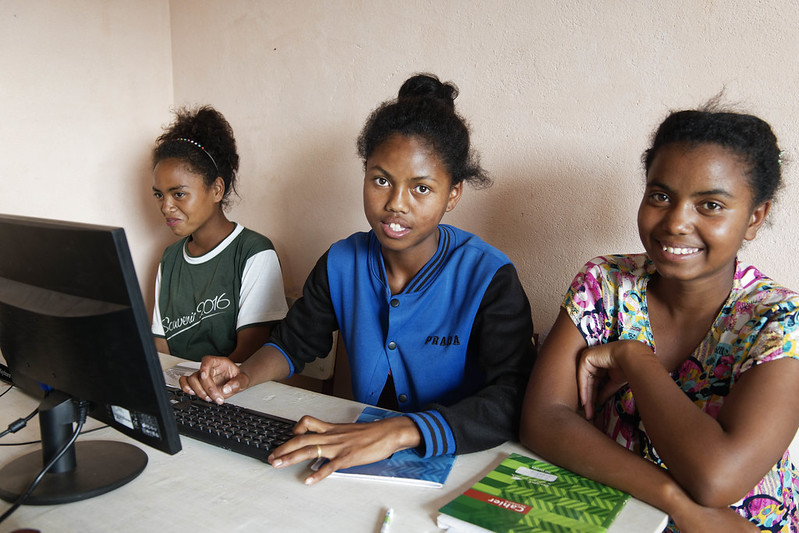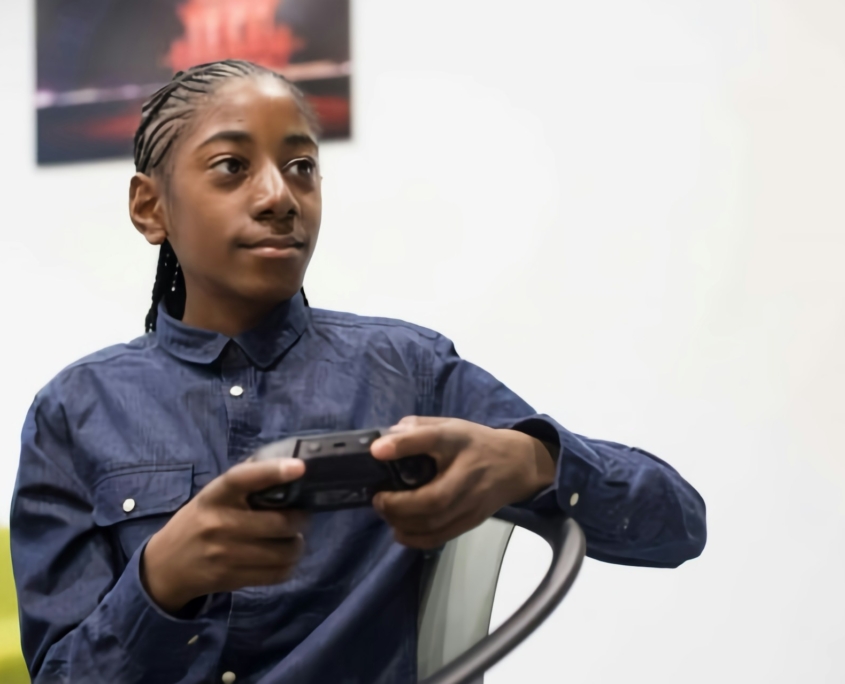 Sudan has been rife with conflict since its first civil war in 1955 when the north and south clashed. In 2005, they agreed to stop fighting and in 2011, South Sudan became its own country. But in the meantime, there have been ongoing tensions, especially in the Darfur region since 2003. Even though they made another peace deal in 2020 to have a temporary government, there was a military coup soon after and the fighting started again in 2023.
Sudan has been rife with conflict since its first civil war in 1955 when the north and south clashed. In 2005, they agreed to stop fighting and in 2011, South Sudan became its own country. But in the meantime, there have been ongoing tensions, especially in the Darfur region since 2003. Even though they made another peace deal in 2020 to have a temporary government, there was a military coup soon after and the fighting started again in 2023.
Across Sudanese conflicts, child soldiers are a consistent humanitarian concern, with most nongovernmental organizations (NGOs) emphasizing their recruitment in the South. However, according to the United Nations Children’s Fund (UNICEF), approximately 6,500 children served in armed groups in northern Sudan during the civil war, with around 70% serving in Darfur alone. This trend continued with armed groups recruiting more than 400 children between 2011 and 2020 and an 11% increase in recruitment just in 2023.
The Multi-Faceted Reality of Child Soldiers in Sudan
Children become soldiers for a variety of reasons. While some are forced into service by armed groups, many, especially those separated from their parents, do so “voluntarily.” Sudan’s conflict has caused extreme poverty and widespread violence, leaving children with few alternatives than to turn to the armed forces simply out of a need for their resources and protection.
Though some children may become soldiers consensually, such activity is still a violation of international humanitarian law. It can have severe long-term consequences on child soldiers, ranging from physical to psychological illness. The experiences of child soldiers, which are often the drivers of such trauma, are characterized by violence during an age when development is most vulnerable.
Child soldiers are not only combatants but may, in fact, serve a variety of roles. Recruitment may mean a child is utilized in the armed forces as a cook, porter, messenger or spy; many sexually exploit children, too. Limiting the scope of what a child soldier is to exclude these distinct forms of abuse can leave certain victims out of the reintegration process.
Understanding this nuance is crucial not only for grasping how child soldiers in Sudan serve but also for pinpointing where they serve. Though initially conscripted in areas like Darfur, many armed groups train child soldiers in Sudan for the sole purpose of being sent to combat zones elsewhere. Several reports indicate that dangerous conflicts ranging from Yemen to Libya may employ child soldiers from Sudan.
Solutions
Several organizations have played key roles in aiding child soldiers in Sudan and Darfur. In 2007, the United Nations (U.N.) initiated the African Union-United Nations Hybrid Operation in Darfur (UNAMID) to mediate hostilities, aiding child soldiers’ transition back into society through a process known as Disarmament, Demobilization and Reintegration (DDR). UNAMID oversaw several releases of child soldiers for reintegration. In 2011, The Sudan Liberation Army / Historical Leadership (SLA/HL) released 70 child soldiers, of which 24 were girls. Similarly, the Sudanese government released 21 child soldiers in 2016. Following the 2020 peace agreement, UNAMID ended its operations.
Subsequently, the United Nations Integrated Transition Assistance Mission (UNITAMS) was created to uphold the peace agreement and oversee Sudan’s transition to democratic rule. Continuing much of UNAMID’s goals, UNITAMS had “a strong child protection mandate,” which allowed for the monitoring of any human rights violations against children and the further facilitation of DDR. However, a military coup stopped the democratic transition in 2021, preventing UNITAMS from fulfilling this mandate. UNITAMS ultimately ended its operations on Feb. 29, 2024.
NGOs have also been essential to ending the recruitment of child soldiers in Sudan, with one of them being War Child. War Child is known for many campaigns, but in 2019, it launched its Can’t Wait to Learn program in Sudan, intervening in children’s education as early as possible to dissuade them from becoming soldiers. This targets the issue of recruitment at its source, bringing quality education to an impoverished population. War Child reached 2,667 children in 2019 alone but ended its operations following the resumption of conflict.
Final Remark
Despite the challenges, supporting organizations working toward ending poverty and the recruitment of child soldiers remains one of the best strategies to ensure the future of reintegration and demobilization in Sudan.
– Jacob Rampino
Photo: Wikimedia Commons



 Costa Rica is
Costa Rica is  In 2009, Beth Kolko and Cynthia Putnam proposed the United Nations (U.N.) recognize video gaming, both creation and play, as a human development benchmark. The proposal, though initially seen as radical, has gained scientific support over time. Gaming in Africa is a significant aspect of this discussion.
In 2009, Beth Kolko and Cynthia Putnam proposed the United Nations (U.N.) recognize video gaming, both creation and play, as a human development benchmark. The proposal, though initially seen as radical, has gained scientific support over time. Gaming in Africa is a significant aspect of this discussion.


 Ghana, known as the “island of peace,” is located on the West Coast of Africa, an area often described as one of the most chaotic regions in the world. Agriculture, the nation’s primary sector, employs about
Ghana, known as the “island of peace,” is located on the West Coast of Africa, an area often described as one of the most chaotic regions in the world. Agriculture, the nation’s primary sector, employs about 